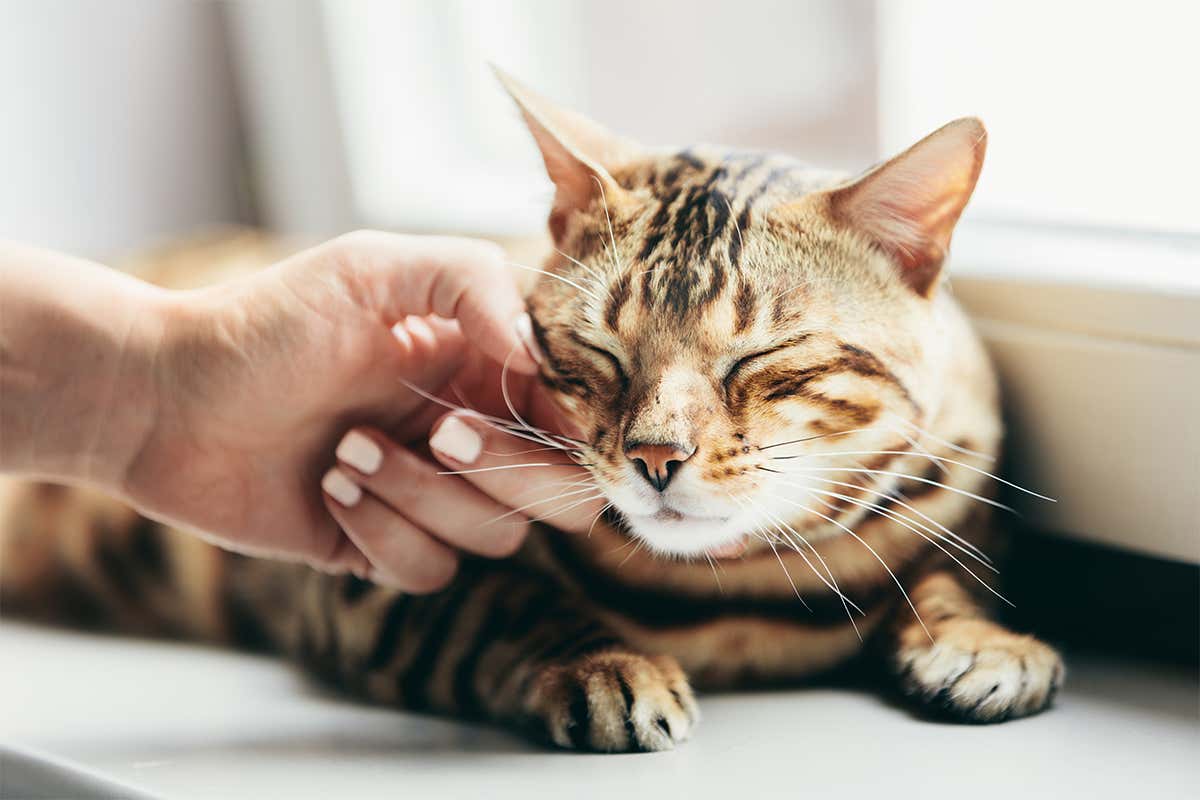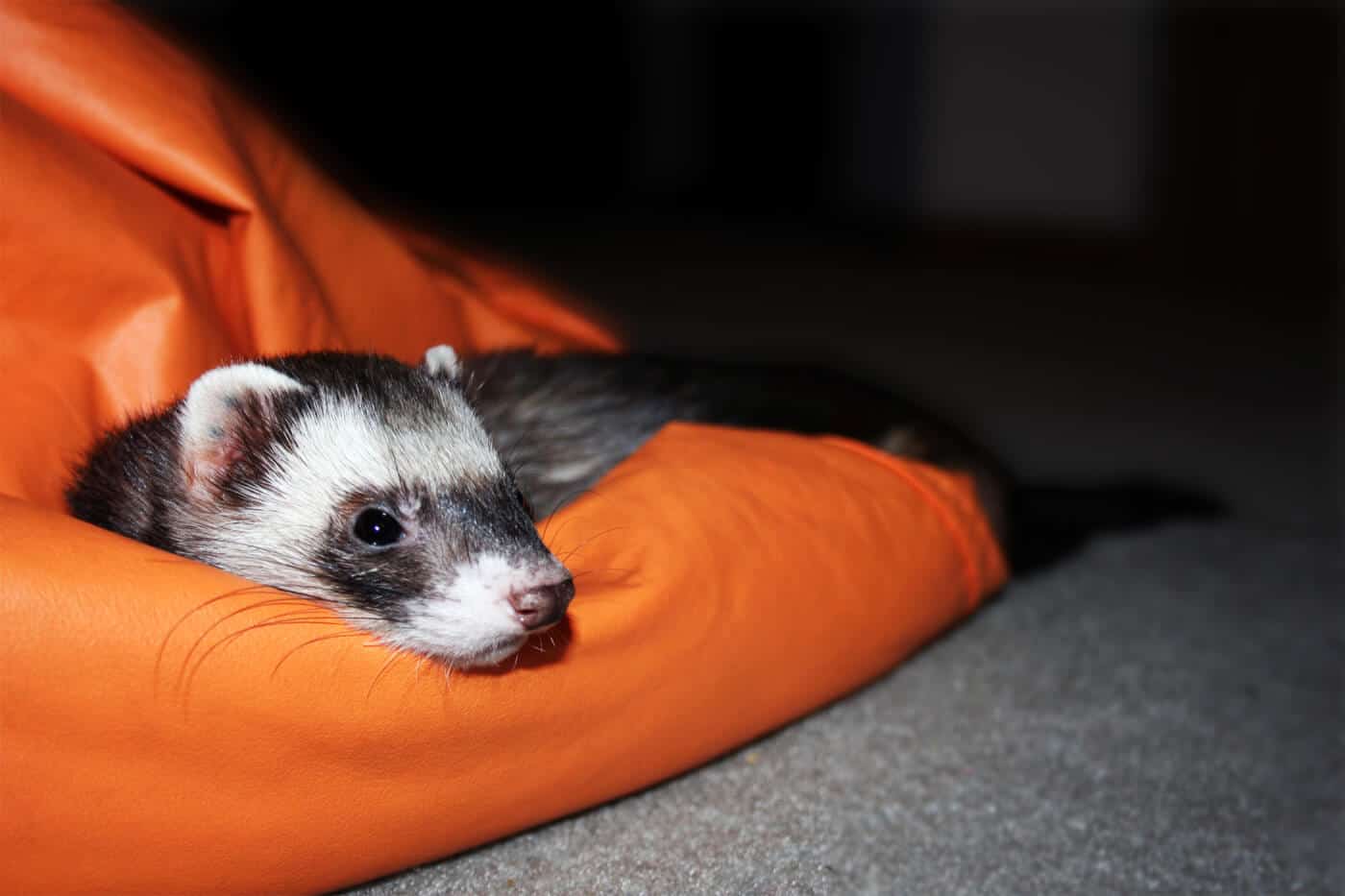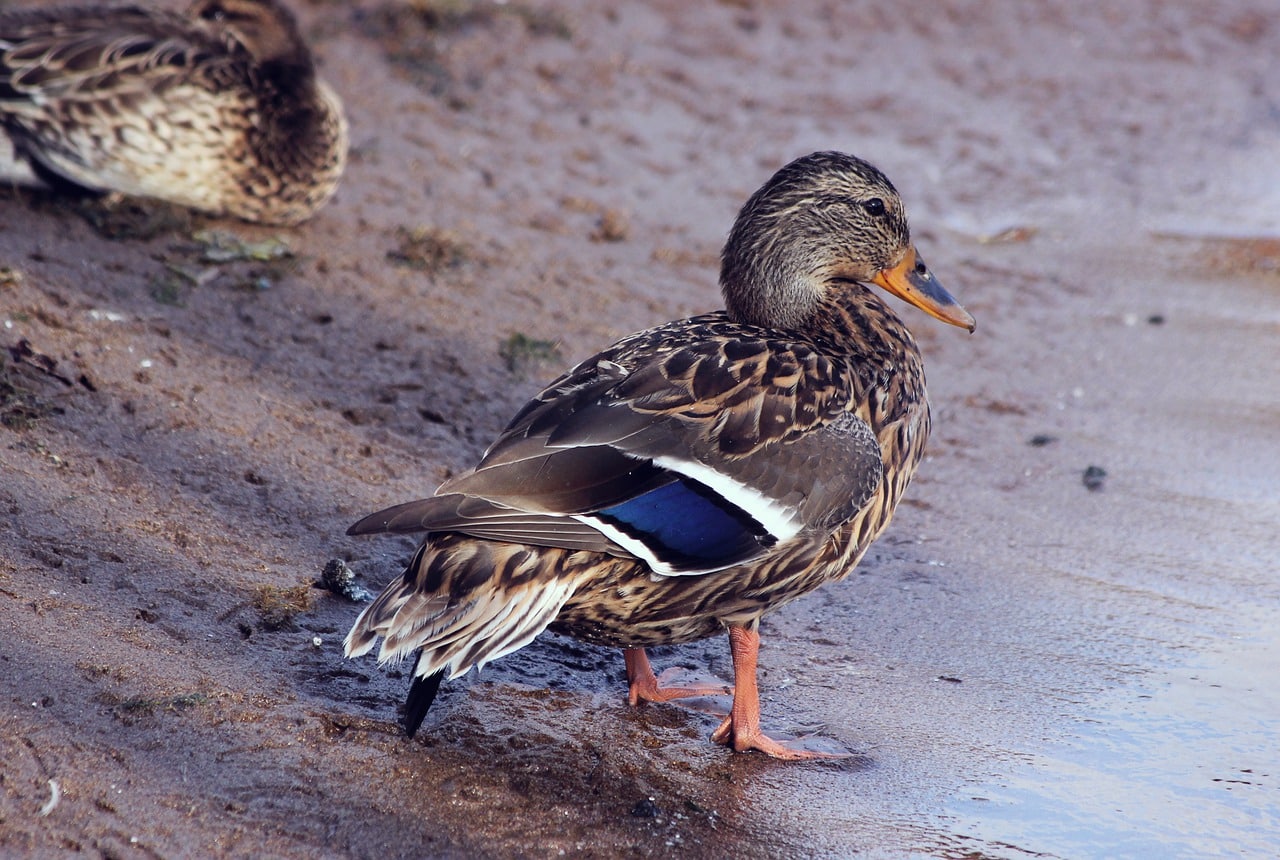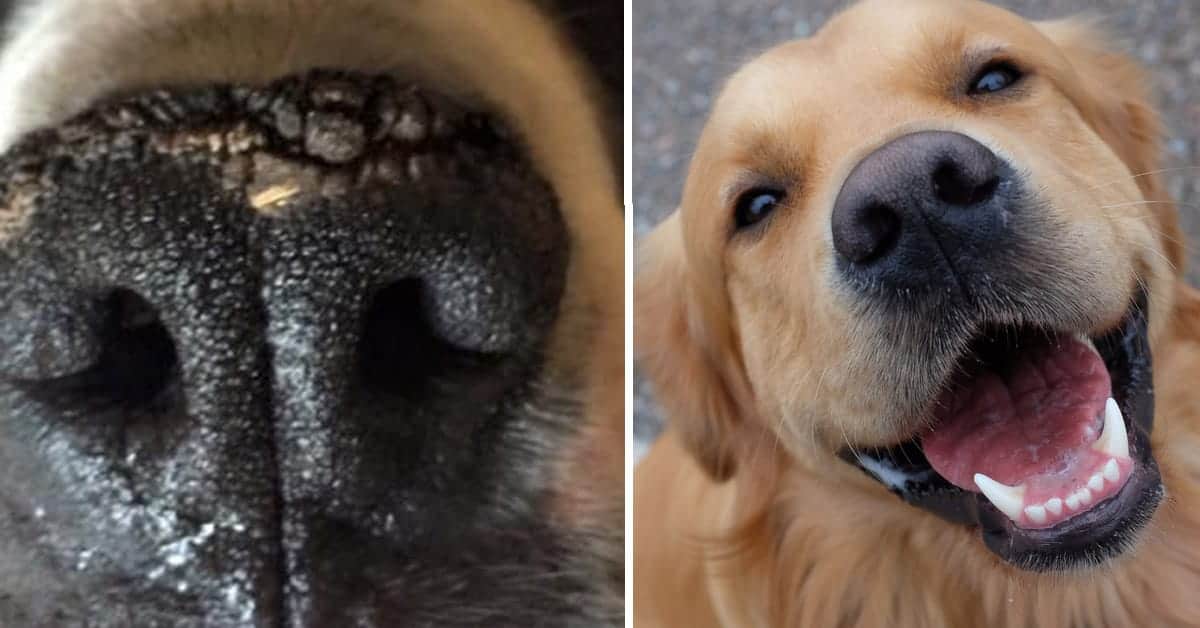Can’t get the rationale behind cat purring? Want to figure out why do cats purr, what makes cats purr and how do cats purr? Here’s a little breakdown for you.
Cats purr in various situations, and a couple of theories try to explain why they do it, some suggesting it could even be therapeutic.
What Makes Cats Purr?
An interesting fact about purring is that cats usually do this when they are communicating with other cats, feeding its kittens when relaxing and being patted plus also in situations they are in distress.
Cats that have suffered a traumatic experience, for instance, a visit to the vet clinic or has been hit by a car frequently purr in spite of being in discomfort or pain.
Typically, purring occurs mostly in Genets and Felids species and not any other species, with kittens purring at only a few days old.
Why Do Cats Purr and What Does Purring Mean?
In some of the cases, cats purr when they want you to feed them. Many cat owners already recognize the purring sounds produced by cats as meaning they want their bowls filled up with food.
Furthermore, cats also purr when communicating with their kittens, with the kittens too purring while suckling. Cats also use purring to defuse confrontations with other cats as an indication they do not want to get involved in a fight.
Finally, purring has also been theorized as a form of self-soothing explaining why they purr when in pain or at the vet.
How Do Cats Purr? How is A Purr Made?
During purring, the cat’s inspiratory and expiratory phase of breathing is equal. Despite there being no definite purr structure, it is thought to originate in the vocal folds and larynx.
Few scientists have devoted their careers to the analysis of the purring by the Felids and have detected a variation in frequency during the expiratory and inspiratory phase. The frequency is often stated to range between 25 to 150 Hertz.
Therapeutic Purring
A fascinating and brilliant theory in regard to purring is that it could contribute to healing in a cat and fracture repair. It is because the frequency at which a cat purrs is within the range that maintains and heals bone density.
With cats sleeping for up to 18 hours a day, not a lot of time is left for weight-bearing exercises which are necessary to maintain bone density.
Maybe the inclusion of cats in the space program where dwindled bone density is a problem is not a bad idea.
Whatever the cause, purring has undoubtedly progressed into a mode of communication between the pet owner and the cat. When patting a cat, these lovely sounds are an indication of contentment, plus also could be a method of self-soothing and self-healing.







